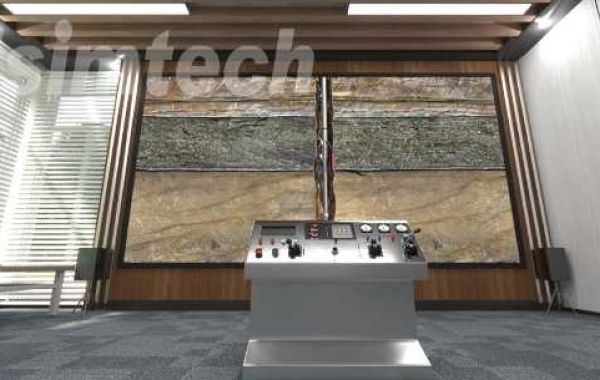Training Requirements
To maximize the benefits of open hole well logging simulators, users should possess a solid foundation in:
Geophysics: Understanding of basic geophysical principles, such as seismic wave propagation, electromagnetic fields, and nuclear physics.
Petrophysics: Knowledge of rock and fluid properties, including porosity, permeability, saturation, and mineralogy.
Well logging techniques: Familiarity with various well logging tools and their applications, such as resistivity, gamma ray, neutron, density, and sonic logs.
Simulator operation: Proficiency in using the specific simulator software, including data input, parameter selection, and interpretation techniques.
Data analysis and interpretation: Ability to analyze and interpret well log data to extract meaningful information about the subsurface.
Best Practices for Simulator Use
Data Quality Assurance:
Verify the accuracy and completeness of the input data, including wellbore geometry, formation properties, and well logging measurements.
Identify and correct any inconsistencies or errors in the data.
Model Selection:
Choose the appropriate simulator model based on the specific well type, formation characteristics, and logging tools used.
Consider factors such as lithology, fluid properties, and wellbore conditions when selecting a model.
Parameter Calibration:
Calibrate the simulator parameters using well log data and other available information.
Ensure that the calibrated parameters accurately represent the subsurface conditions.
Sensitivity Analysis:
Evaluate the sensitivity of the simulator results to changes in input parameters.
Identify the most critical parameters that significantly affect the simulation outcomes.
Data Interpretation:
Analyze the simulator output to extract meaningful information about the subsurface.
Use visualization tools and interpretation techniques to identify key trends and anomalies.
Validation:
Compare the simulator results with actual well performance data, such as production rates and fluid properties.
Validate the simulator's accuracy and reliability.
Continuous Improvement:
Stay updated on the latest advancements in well logging technology and simulator development.
Incorporate new techniques and methodologies into simulator workflows.
Additional Considerations
Collaboration: Foster collaboration among geoscientists, engineers, and well logging experts to ensure effective simulator use and data interpretation.
Training and Certification: Encourage ongoing training and certification programs to maintain proficiency in using open hole well logging simulators.
Best Practices Sharing: Share best practices and lessons learned among industry professionals to promote knowledge exchange and continuous improvement.
Conclusion
By following these training guidelines and best practices, users can effectively utilize open hole well logging simulators to gain valuable insights into subsurface properties and optimize well performance. Proper training and adherence to best practices are essential for maximizing the benefits of these powerful tools.








